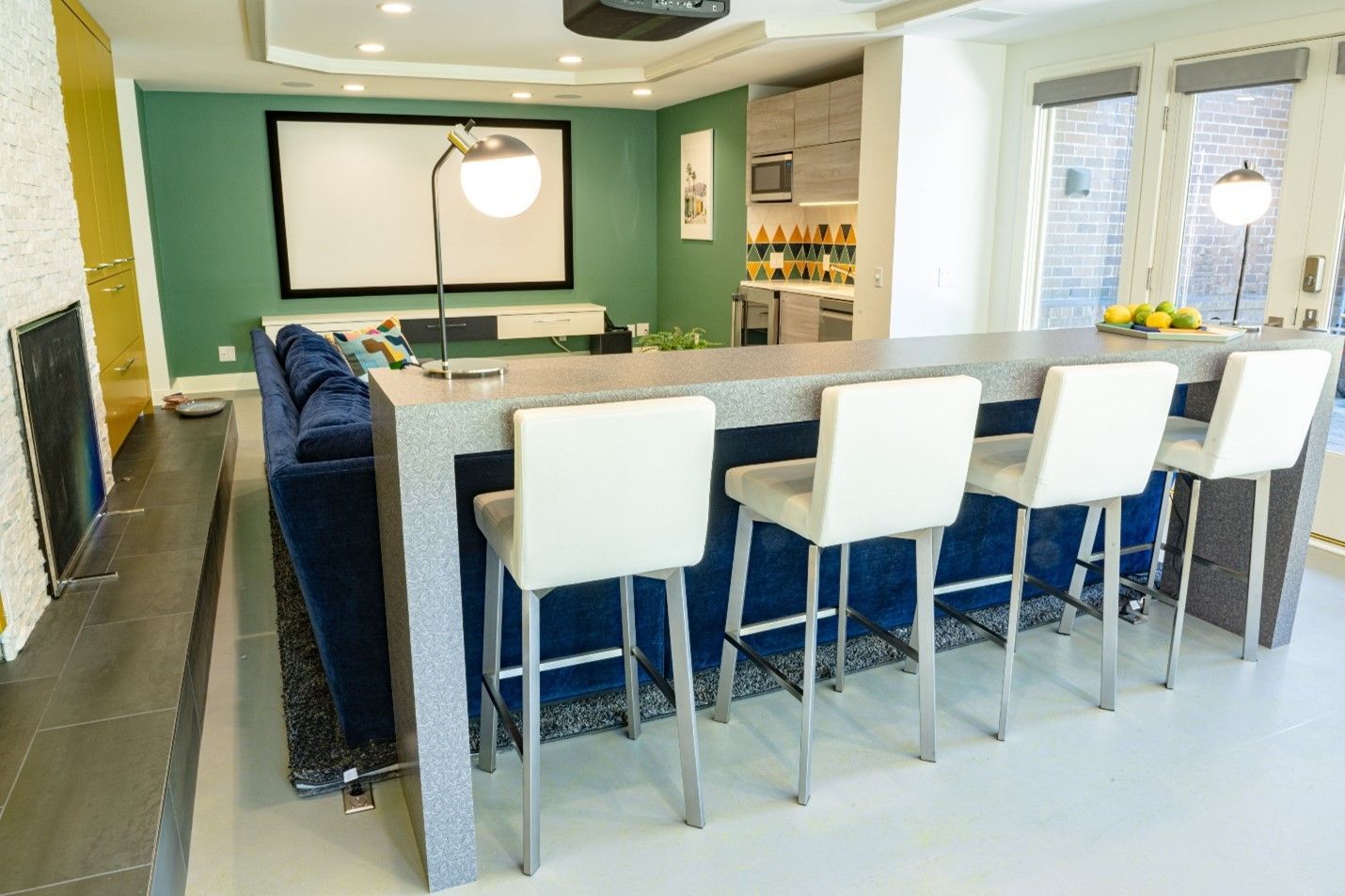Blog Layout
The Art of Hanging Art
Felicia Farrar • December 12, 2023
How to hang art so that it is visually appealing
What Are the Elements of Design?
- The elements of design are the fundamental aspects of any visual design which include shape, color, space, form, line, value, and texture. Interior designers use the elements of design to create a space that can convey a certain mood, draw the eye in a certain direction, or even evoke a number of feelings. These same elements can be used in hanging art. While the elements of design form the basics of any image, designers also lean on the principles of design, which are a set of practices of working with the elements of design that make a composition look pleasing to the eye.
What Are the Differences Between the Elements and Principles of Design?
- The elements of design refer to the basic building blocks of any composition. The principles of design refer to how the elements are used, like the symmetrical and asymmetrical balance, pattern, emphasis, movement, and proportion. The principles of design are a set of cardinal rules and techniques for composing the various elements of design.
Principals of Design Help Us Feel Balanced
- There are many mental health benefits to a harmonious interior. Probably the most beneficial is that it gives one a sense of control of their lives. Also, an important aspect of this is that they have a safe haven from the world that they are comfortable in and this space functions well for them. Of course, there are general features of spaces that work as a positive elements to begin with like good lighting, spaciousness and earthly elements. Principals of design –are different techniques used in interiors to create interest -Balance, proportion, symmetry, emphasis, rhythm and contrast play a big part of an interiors that flows throughout the space. Here are some examples of these principals in design.

Emphasis
Achieving Emphasis When Hanging Art
- Hanging art in a focal point location
- Over a sofa or a dominating piece of furniture
- Above a fireplace or mantle
- Contrast in color
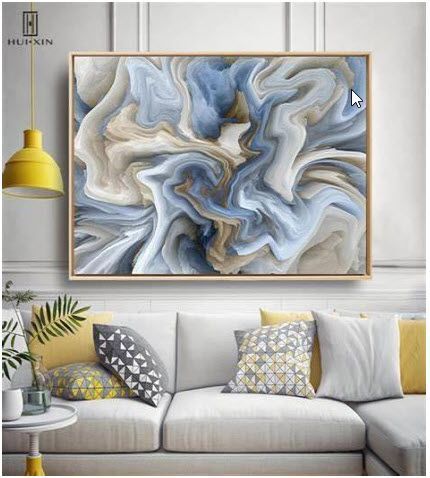
Emphasis & Symmetry
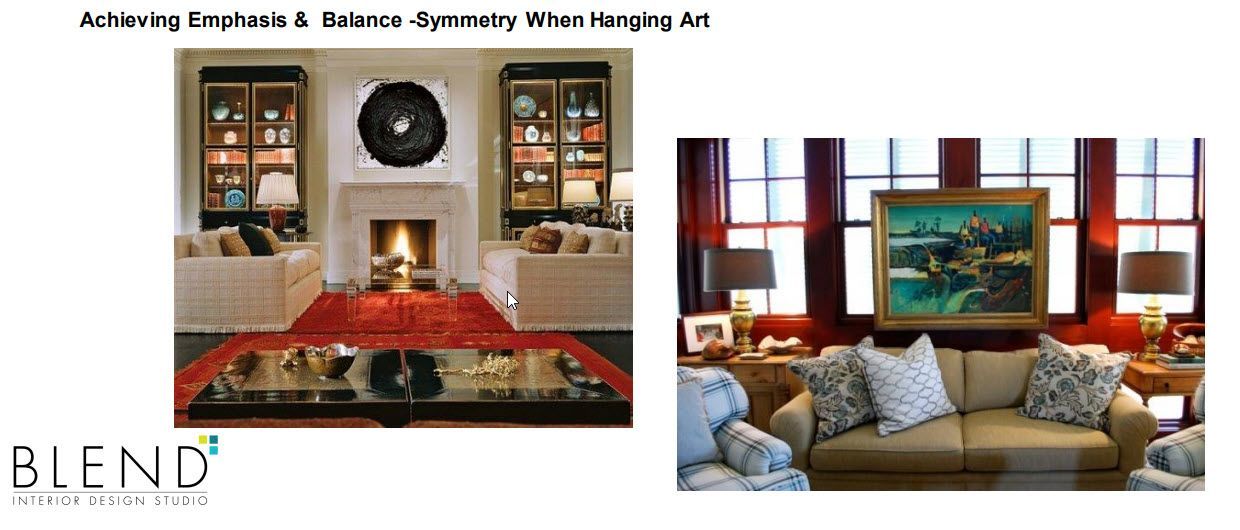
Balance & Contrast
Achieving Balance When Hanging Art
- Where objects in real life carry physical weight, elements in design carry visual weight.
- Large elements are heavier and small elements lighter, with each element having its own "weight" based on how much attention they draw.
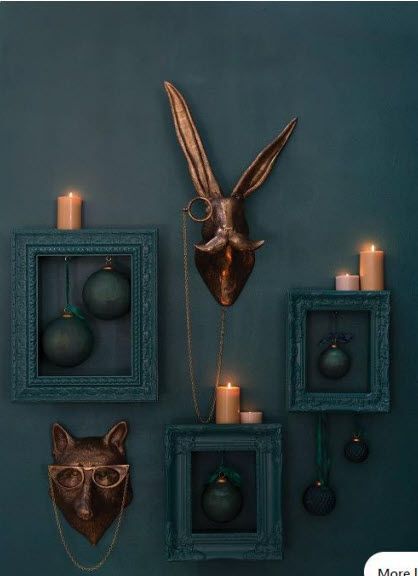
Asymmetrical Balance & Movement
Achieving Movement with Placement
- Multiple Sized Pieces
- No Mirror Image
- Unexpexted
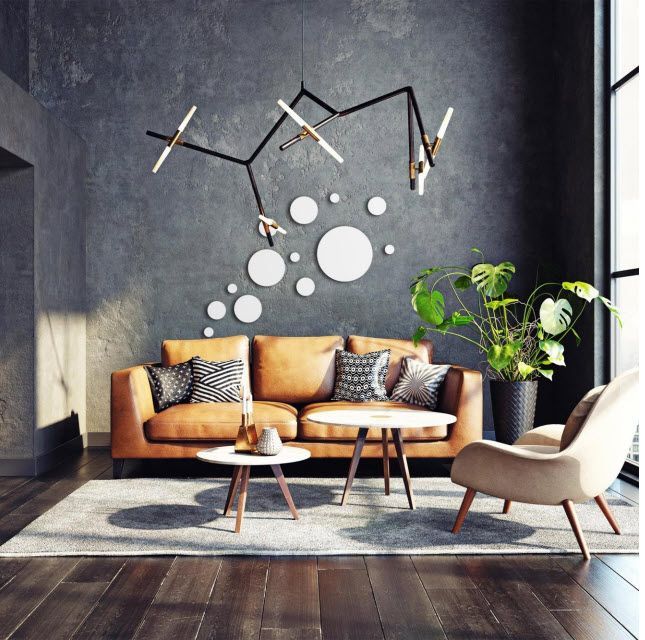
Radial Balance & Pattern
Achieving Radial Balance with Placement
- Multiple Sized Pieces
- Feels Balanced
- Heavy Elements on Bottom
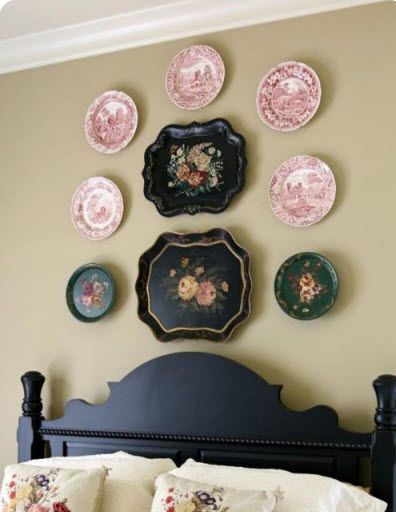
Repetition & Pattern
Achieving Repetition & Pattern
- Same Image
- Similar Color Tones
- Visually Same Frames
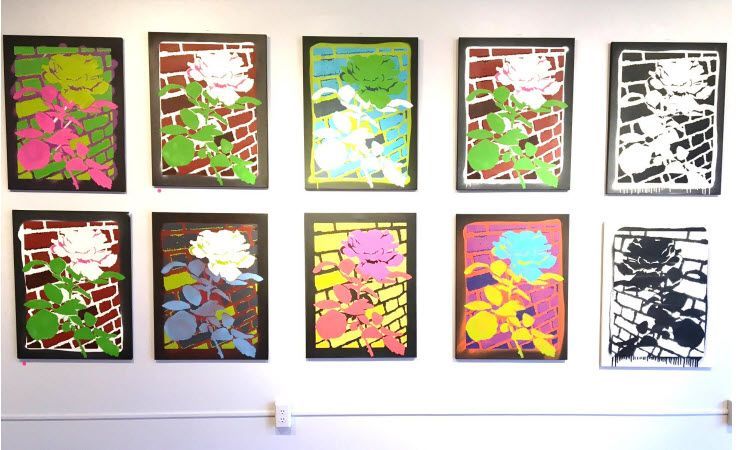
Variety & Proportion
All Elements Are Similar But Different
- Multiple Sized Pieces
- All Art Pieces Proportional to Each Other

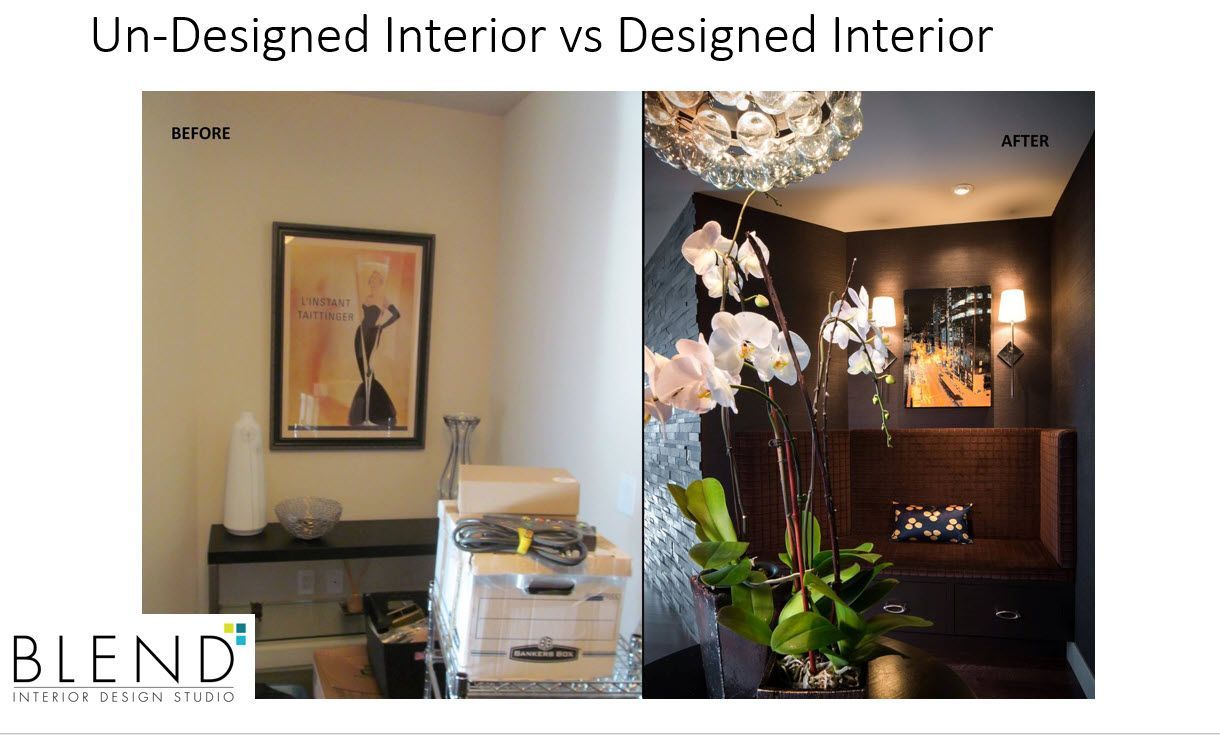
By Felicia Farrar
•
August 18, 2023
There are many benefits to a good interior design plan that fits the personality and lifestyle of a client. Today I am going to briefly discuss some of the more significant outcomes of a pleasing interior. It has been proven that the ability of interior design elements can evoke a positive or negative emotional response in people. These findings open the door to design spaces that consciously manipulate decorative elements with the goal of encouraging creativity, peace, and happiness.” A. The first benefit is to mental health and how the psychology of design can elevate or diminish a persons mood depending on the enjoyment and associations with their interior. B. The second is the daily comfort with the personalization of your space. Feeling like it reflects who you are and represents the lifestyle you want to live. Research shows that high life satisfaction correlates with better health, the absence of difficulties such as depression, or sleep disturbances. Furthermore, individuals who are satisfied with life are good problem solvers and tend to be more resistant to stress. Principals of Design Help Us Feel Balanced There are many mental health benefits to a harmonious interior. Probably the most beneficial is that it gives one a sense of control of their lives. Also, an important aspect of this is that they have a safe haven from the world that they are comfortable in and this space functions well for them. Of course, there are general features of spaces that work as a positive elements to begin with like good lighting, spaciousness and earthly elements. Principals of design –are different techniques used in interiors to create interest -Balance, proportion, symmetry, emphasis, rhythm and contrast play a big part of an interiors that flows throughout the space. Here are some examples of these principals in design. The Color of Memory In a time when the outside world is so unpredictable, to have a home that you feel safe, comfortable, and happy is Important. Things in your environment that make your space more personalized, like colors you enjoy seeing and textures you enjoy touching. There are some general feelings colors bring on- Red Red is the color of power, aggression, and passion. It also triggers the appetite (which is why it is such a popular color in restaurants.) Red promotes appetite and a sense of urgency, which may be why so many stores and restaurants use the color red. Orange Orange is associated with energy, sports, competition, and innovation. It’s another warm tone that can quickly make a space feel snug and cozy. -Orange and yellow may promote optimism. Yellow Yellow is the only warm color associated with relaxation. It is associated with happiness, creativity, and innocence. Blue This is a color that communicates fresh, calm, serenity. It is a conservative, orderly color that works well in professional settings. It’s popular in health offices and financial institutions. -Blue is said to promote productivity and a sense of security. Purple This is an indulgent color that evokes feelings of luxury, privilege, and specialness. It is a ceremonial color used in many religions to connote divinity. Purple is said to support problem-solving skills and promote creativity. Black Many people think that black is the absence of color, but in fact, black absorbs all light in the color spectrum, meaning it is the combination of all colors. When you add many leftover paint colors together, it often creates black. Research in color psychology shows that black evokes many different associations. It is often linked with death, unhappiness, and mystery. But it’s also the color of sophistication, seriousness, intellectualism, and sexuality. Black is not a cheerful color, so it’s usually used as an accent. When used sparingly, black elements can create calming harmony and balance in a room. Liberal use of black can also make an area look powerful, dramatic, or important. White White is a neutral color that is common in most homes. Most ceilings are white, and this color is the most popular choice for walls. White reflects light, making rooms feel brighter, more spacious, and bigger. It also evokes feelings of cleanliness, purity, and innocence. Personal Associations While there is plenty of research that shows how most people react to colors, personal experience with a color usually outways social norms. Our personal history influences our emotions around colors.
CONTACT INFORMATION
Phone: 206-965-0023
Email: felicia@blendids.com
Address: 1221 Minor Ave., Unit# 411, Seattle, WA 98101
Business Hours:
- Mon - Fri
- -
- Sat - Sun
- Closed
Content, including images, displayed on this website is protected by copyright laws. Downloading, republication, retransmission or reproduction of content on this website is strictly prohibited. Terms of Use
| Privacy Policy

